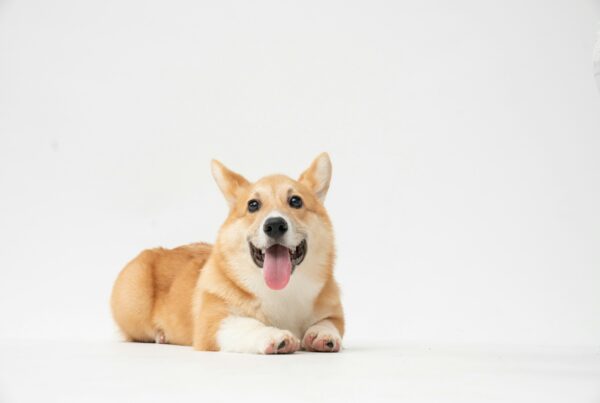In recent years, LED (Light-Emitting Diode) lights have gained immense popularity due to their energy efficiency, longevity, and versatility. LED lights can be found in various applications, from residential and commercial lighting to electronic devices. However, as pet owners, it’s natural to wonder about the safety of these lights for our beloved furry friends. Are LED lights safe for pets? In this article, we will explore the potential effects of LED lights on pets and provide insights into ensuring their well-being.
Understanding LED Lights
Before we talk about safety, let’s understand what LED lights are. LED lights use small parts that produce light when electricity passes through them. They’re different from old-fashioned incandescent or fluorescent lights because they don’t get hot and are better for saving energy. Currently, outdoor and indoor neon LED lights are available in the market. Indoor LED lights are designed to provide efficient and comfortable lighting for various indoor spaces, such as homes, offices, schools, and retail stores. While outdoor LED lights are specifically designed to be more durable and weather resistant, they can withstand outdoor conditions.
The Impact of LED Lights on Pets
- Sensitivity to Light: Animals like cats and dogs have different light sensitivity levels. Most pets can handle LED lights fine, but some might feel uncomfortable or sensitive, especially with specific colors or bright lights. Pay attention to your pet’s behavior around LED lights and make adjustments if needed.
- Heat Emission: LED lights produce minimal heat compared to traditional incandescent lights. This reduces the risk of burns if pets accidentally come into contact with the bulbs or fixtures. However, it’s still important to ensure that pets cannot access or chew on any electrical components.
- Blue Light Concerns: LED lights produce more blue light than other light types. Blue light has a shorter wavelength and more energy, affecting pets’ sleep patterns and daily rhythms. This might be a bigger issue for animals active at night or sharing sleeping spaces with LED lights. To help your pet sleep better, consider using warmer-colored LED lights or reducing exposure to blue light at night.
- Flickering Lights: Some older or cheaper LED lights can flicker, so they turn on and off quickly. Humans usually can’t see this, but pets might notice it and feel uncomfortable or get headaches. To prevent this, choosing high-quality LED lights that don’t flicker is a good idea.
Safety Measures for Pet Owners
- Optimal Lighting Choices: When selecting LED lights for your home, consider those with adjustable brightness levels and warmer color temperatures. Avoid using excessively bright or cool-toned LEDs in areas where your pets spend a lot of time, especially during nighttime.
- Observe Your Pet’s Behavior: Pay attention to your pet’s reaction when exposed to LED lights. Look for signs of discomfort, excessive squinting, or avoidance behavior. If you notice any adverse effects, consider adjusting the lighting or seeking guidance from a veterinarian.
- Adequate Sleep Environment: Create a calm and conducive sleep environment for your pets by minimizing exposure to LED lights during nighttime hours. Use dimmable LED lights or install curtains and blinds to block excessive external light sources.
- Regular Vet Check-ups: As responsible pet owners, keeping up with routine veterinary visits is essential. Discuss any concerns about lighting or behavioral changes with your veterinarian, who can offer personalized advice based on your pet’s needs.
- Gradual Transition: If you plan to switch to LED lights in your home, consider transitioning gradually. Sudden changes in lighting can be disorienting for pets. Start by replacing a few bulbs and progressively increase the number of LED lights over time, allowing your pet to adjust to the new lighting condition.
LED lights can be a safe and energy-efficient lighting option for your home. However, it’s essential to consider your pets’ well-being when choosing and using LED lights. By selecting appropriate lighting options, observing your pet’s behavior, and taking necessary precautions, you can ensure a comfortable and safe environment for your furry companions. Remember, every pet is unique, so being attentive and responsive to their needs is crucial.
Photo credit: https://unsplash.com/photos/8qiBIM2YA3s
Did you find this city dog content helpful? Share it with a friend or link it to social media. Enjoy short clips of silly dogs? Best dog training videos? Holistic puppy training tips? Follow us on instagram @nydognanny or on YouTube at nydognanny. Have some news you needs to get to dog and cat parents stat? Email info@newyorkdognanny.com with your article pitch.




